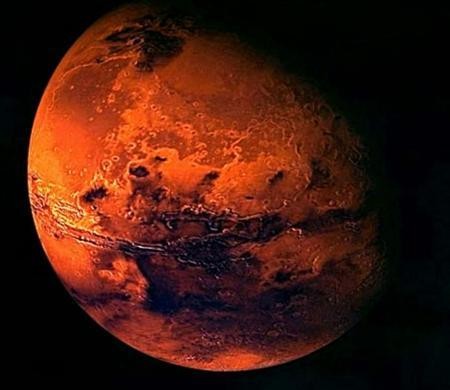NASA officials are firmly convinced that alien life forms do exist and will be found soon enough. It is likely too that these extraterrestrials are smart enough that they could even be the first to 'discover' humans.
"We're going to find evidence that there is life elsewhere in the universe," NASA administrator Charles Frank Bolden was reported by The Daily Mail as saying. Bolden anchors his prediction on the fact that millions of other planets are out there and many of them have the same characteristics as Earth. Science dictates that these planets can hold and sustain life, the scientist stressed.
Realistically, the space agency is set not to detect men-like creatures but microbes and working on them, according to NASA officials, will surely happen and it's only a matter of time.
But former astronaut John Grunsfeld believes that there are intelligent life forms beyond Earth's reach and if they are just 20 light years away, these aliens would eventually stumble upon humans. With the significant changes made by humans on their home planet, activities on Earth can be easily observed by advanced instruments, Grunsfeld told the UK publication.
"We put atmospheric signatures that guarantee someone with a large telescope 20 light years away could detect us ... If there is life out there, intelligent life, they'll know we're here," Grunsfeld said.
Proof of life
In searching for the proof of life, scientists look for one thing - trace or traces of water. They believe that water once existed in Mars, which is one of the favorites to likely host life forms. If the Red Planet would prove barren after all, NASA pins its hopes on the moons that are observed orbiting Jupiter and Saturn.
These satellites, according to NASA, have the essential ingredients that can trigger the breeding of life.
The space agency also investigates on the possibility of finding life in so-called exoplanets that scientists said are in environments that thought to be living organism-friendly - Earth-like size and orbits around stars or suns that are cooler than that of the Solar System. With billions of these exoplanets dotting the universe, the chance is high that life thrives in a few of them.
Mars and beyond
Bolden said that NASA is eyeing to find life within the next 20 years and if not in Mars perhaps outside the limits of the Solar System, which is actually part of the space agency's long-term plans. On the short term, further exploration of Mars will continue as well as that of Europa - one of the moons orbiting Jupiter.
The most important thing for now is that the mission to prove that we are not alone is technically doable and not a wild shot to the moon. As one NASA official puts it, per The Daily Mail: "We know where to look, we know how to look, and in most cases we have the technology."



























